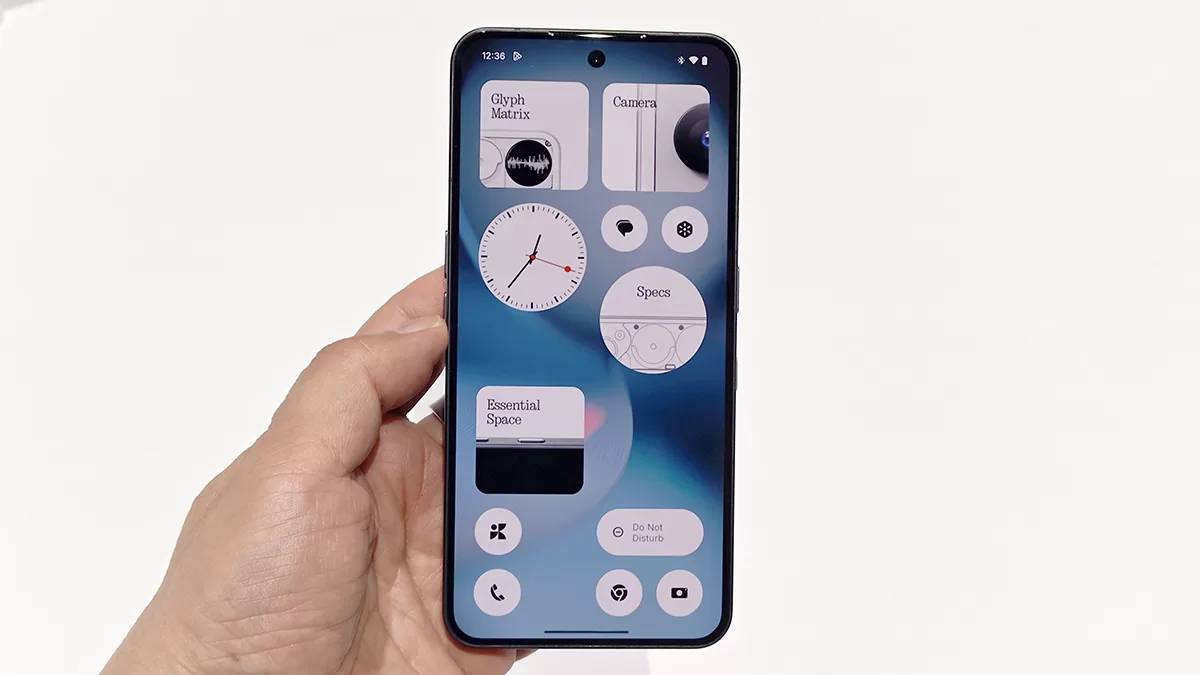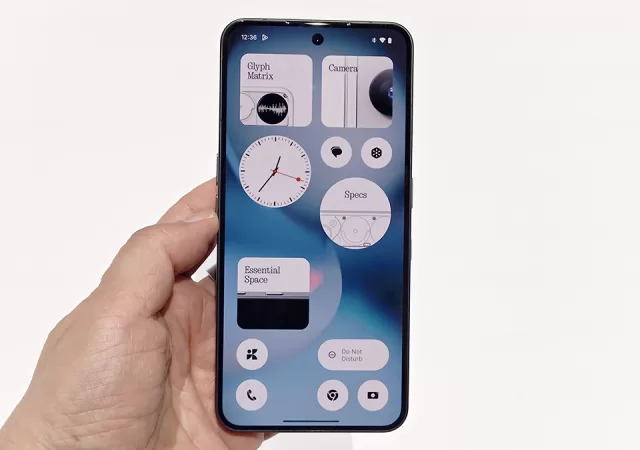This article was first published by Yashuhiro Yamane a.k.a Mobile Hakase in Japanese on Techno-Edge.
While many companies develop their own unique AI models, Nothing is pursuing its own strategy. Instead of investing in an in-house large language model (LLM), they focus on leveraging existing cutting-edge technologies as “AI for the user,” devoting themselves to delivering the most useful experiences for consumers. Nothing’s philosophy asserts that the smartphone is the most important device for AI.
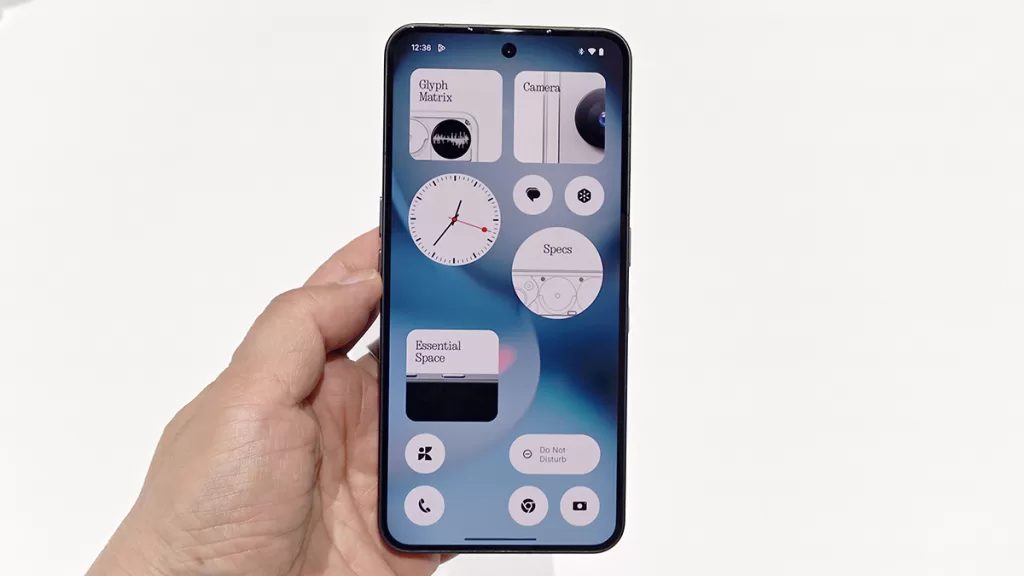
We asked Nothing CEO Carl Pei about his company’s AI strategy at the product announcement event in London held on July 2.
First, the reason Nothing does not develop its own language model is because many companies are already working on it. Outstanding new models emerge every few months with impressive results. Nothing aims to enhance the completeness of its AI experience by adopting the best and latest external models.
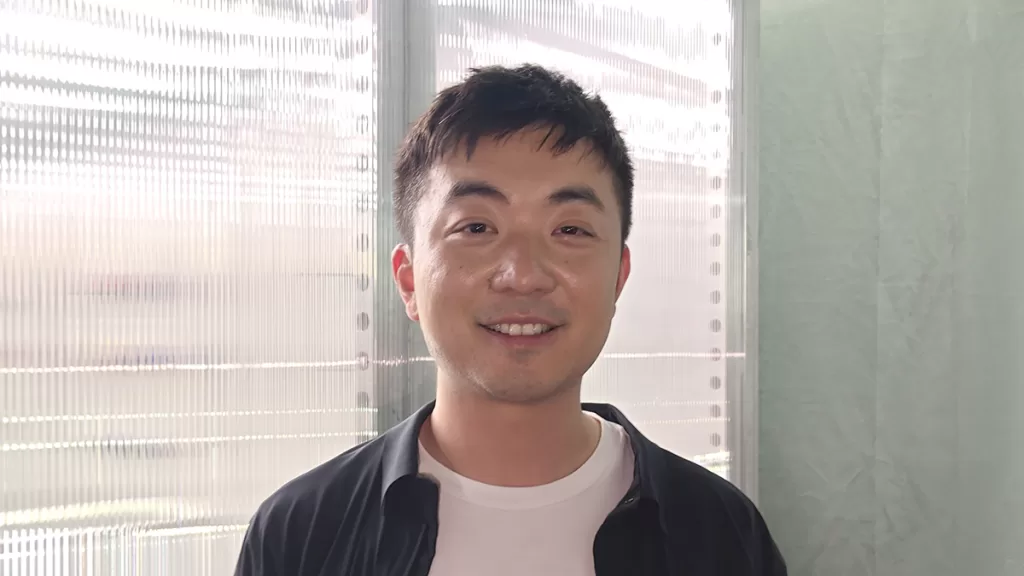
Over this past year, the environment around smartphones has dramatically changed, now revolving around AI. Smartphones are used daily by billions worldwide, and each user has their own unique information. Truly useful AI, according to Nothing, is AI that understands the user based on this information—which is why they offer “Essential Space” and “Essential Search.”
Meanwhile, as AI starts making proactive suggestions for users, privacy becomes critically important. Carl Pei, emphasizes “transparency” as the keyword addressing this challenge. He believes in making clear “why user data is needed and what is needed,” and in giving users the option to withhold their data if they wish.
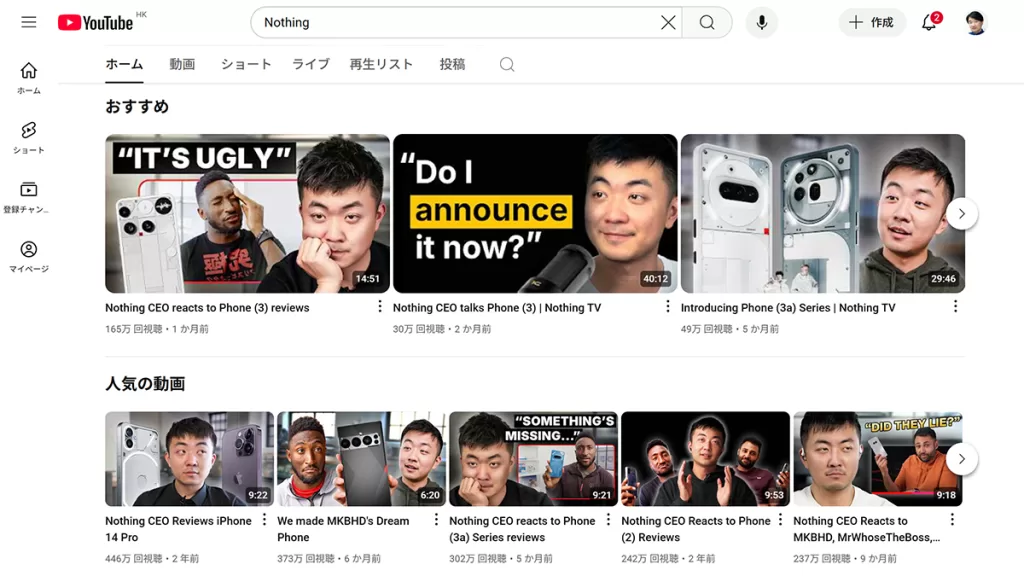
Nothing publicly shares behind-the-scenes stories and failures of product development on its YouTube channel. This openness highlights the company’s commitment to transparency as a business, and this approach also applies to its AI development processes.
We also asked about Nothing’s distinctive product design. With the Nothing Phone (3), the rear LED lights—seen as the “face” of earlier models—were removed, shocking loyal users especially. But Carl Pei explains that Nothing’s design philosophy evolves over time.
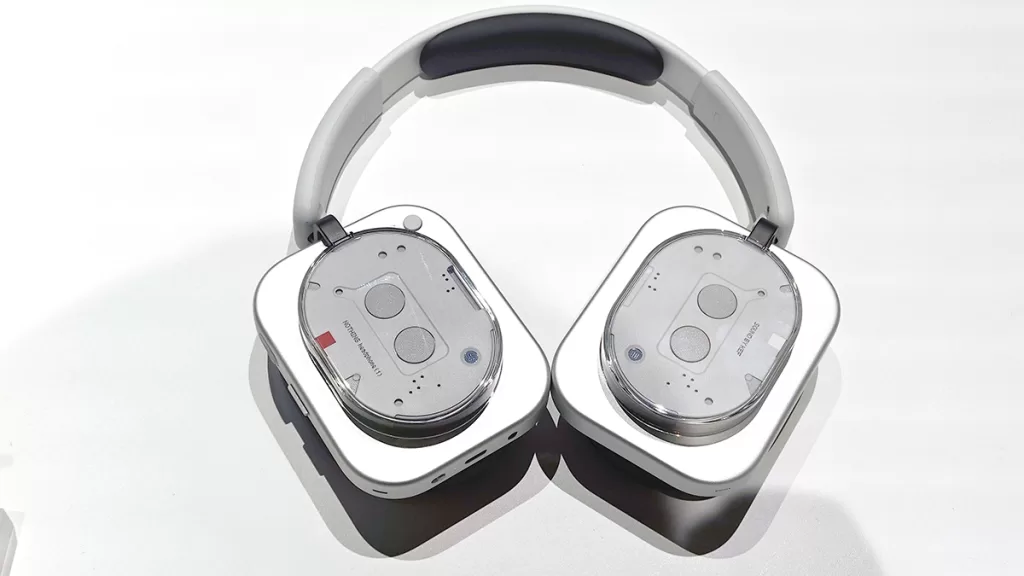
For the first five years after their initial product launch, Nothing pursued “consistent design.” Over the next five years, they aim to “add new elements to familiar design.” For example, the newly announced “Headphone (1)” uses aluminum material.
Currently, Nothing has only about 0.2% market share in smartphones—still a tiny presence. Nevertheless, the company vows to keep challenging itself and to stick to its design philosophy, even as it grows larger. By offering user-first AI and bold design, Nothing hopes this new product will become loved by many.
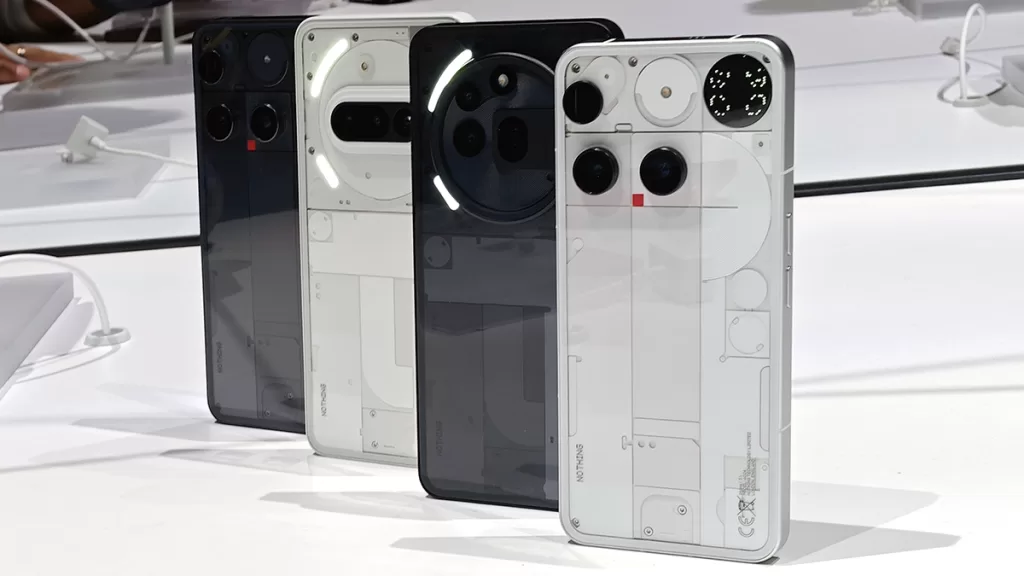
This article was first published by Yashuhiro Yamane a.k.a Mobile Hakase in Japanese on Techno-Edge.



